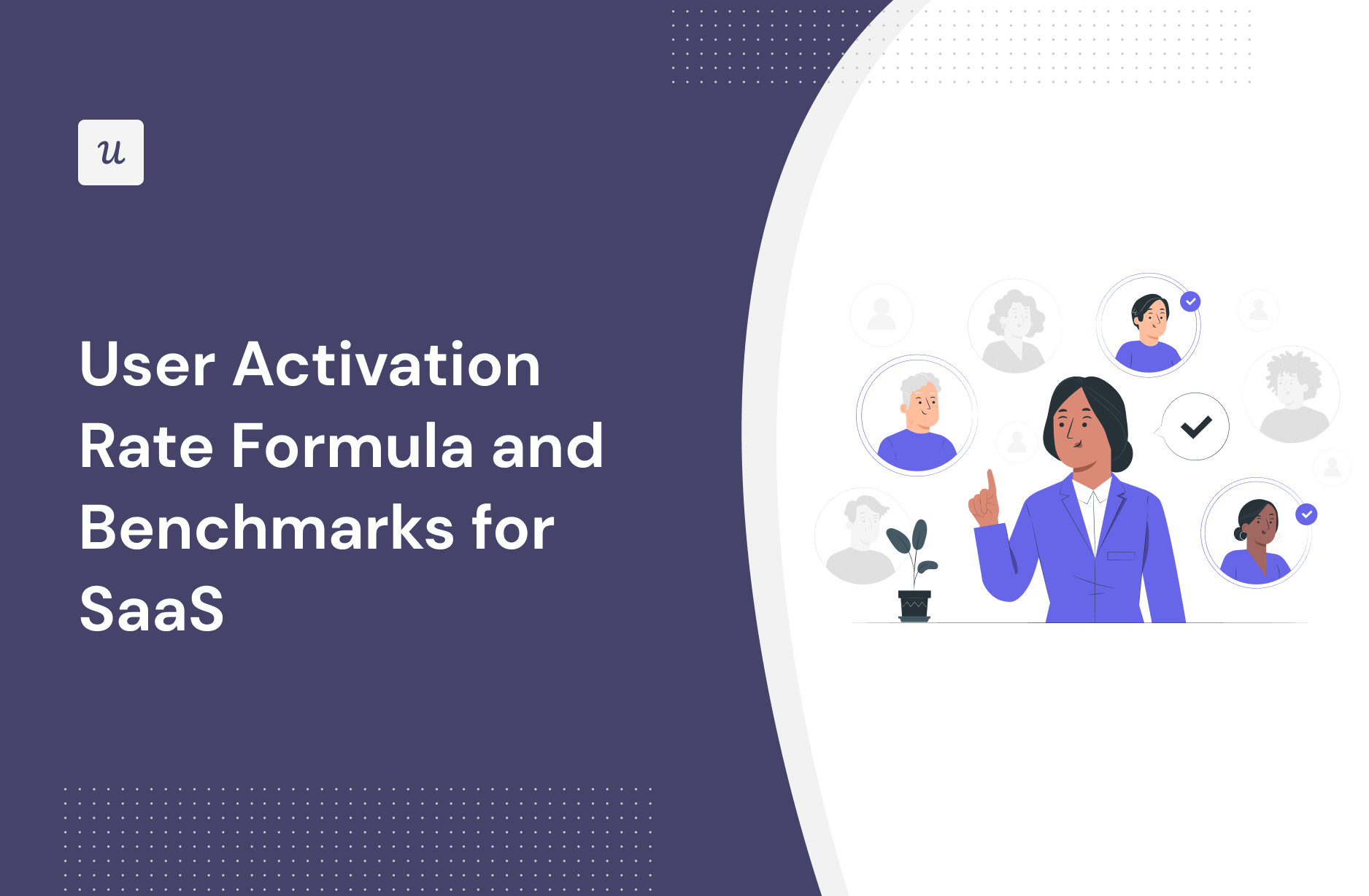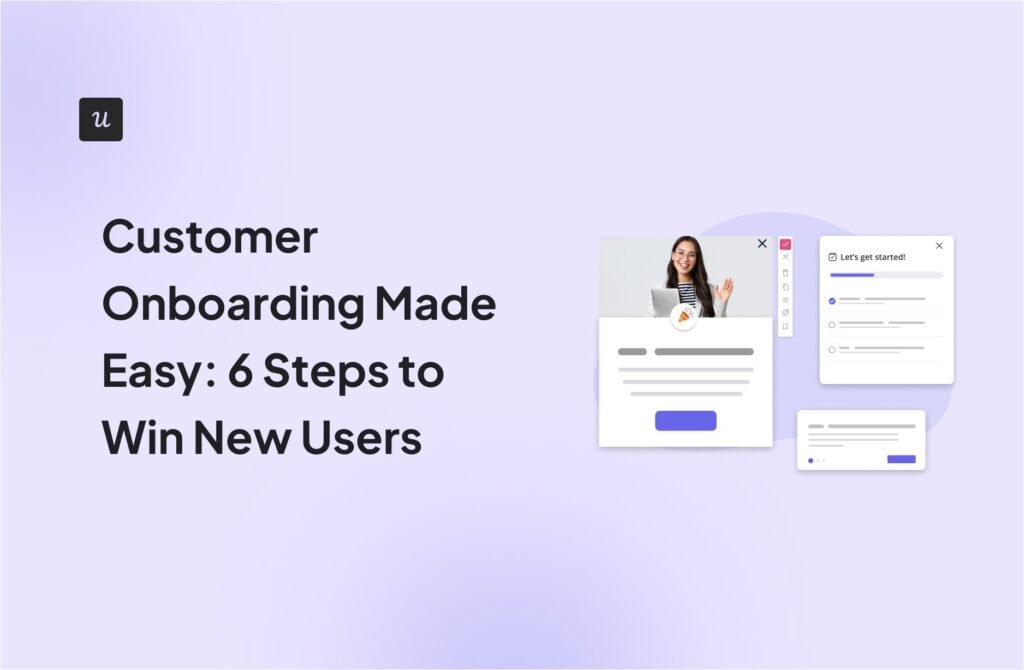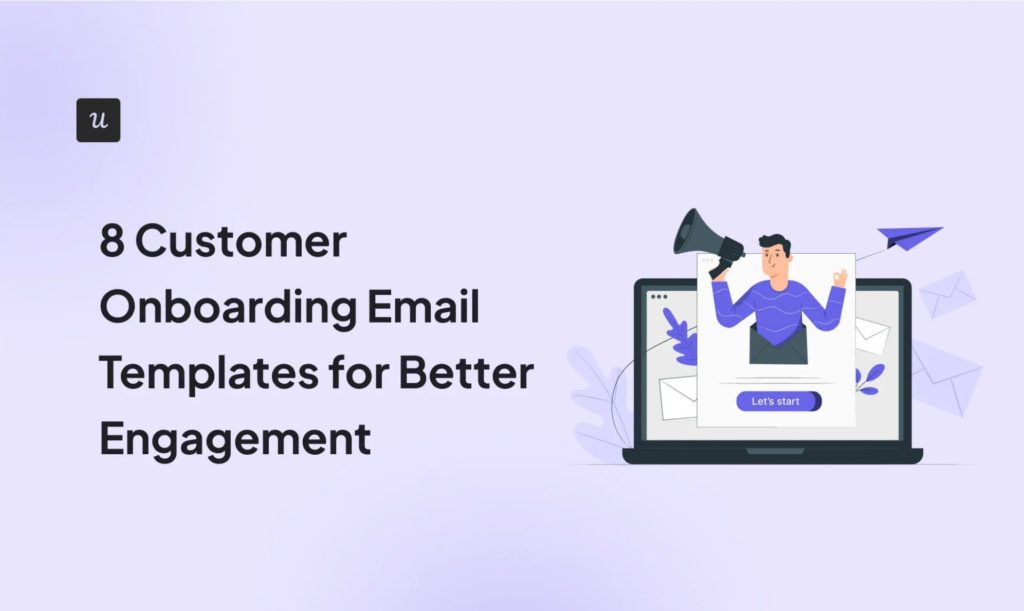
Curious to know what the user activation rate benchmarks are for SaaS and how you stack against other SaaS businesses?
In this article, I’m going to discuss what it means for your SaaS, how to calculate it, B2B and B2C SaaS benchmarks, and how to improve it with proper onboarding.
Let’s dive straight in!
Get The Insights!
The fastest way to learn about Product Growth, Management & Trends.
Summary of user activation rate formula
- Activation is the point when your user gets the benefits of your product.
- Activation has the largest impact on MRR from all the pirate metrics. A 25% increase in activation translates into a 34% increase in MRR over 12 months.
- It would help if you operationalized activation for your business by looking at key activation events – the actions a new user must do to get value. It will vary from product to product, from one persona to another, and even from one use case to another use case.
- That’s why coming up with an ‘industry standard’ is almost always impossible, as you will be comparing apples to oranges (unless you’re comparing to the activation benchmark for your direct competitors).
- Comparing your activation rates over time, however, can be a great way to see which segment needs more help through user onboarding.
- You can improve activation rates by
- Understanding your user persona and their JTBD well;
- Creating branched user experiences leading to the key activation points only i.e. implementing an onboarding checklist;
- Creating and A/B testing ‘corrective’ experiences;
- Conducting a funnel analysis to identify friction points during the onboarding process;
- Triggering surveys after your users finish onboarding or after a specific number of days since users sign up to collect actionable feedback.
- With Userpilot, you can easily build and A/B test onboarding flows, analyze user behavior, and collect feedback to improve customer activation – all without coding!
- Want to improve your activation rates? Get a demo with Userpilot to get started!
What is user activation in SaaS?
User activation is the moment when your user performs the key events in your product that allow them to experience the value of your product for their use case.
Unlike the ‘AHA! moment’ – which is the moment your user realizes the value of your product but has not necessarily obtained the benefits of it yet (e.g. your potential user can have an ‘AHA! moment when reading your blog or seeing a screenshot of your dashboard on your website) – user activation is tied to activation events and key results.
Simply put – your user needs to do the things that give them the results they want to get from your product.
User activation example
For example, a small business owner, let’s call her Jenna, promotes her business on social media on their notices that she is spending more and more time on that. Frustrated, she googles ‘How to save time posting on social media’ and stumbles upon a case study of a similar business owner, who reduced his time on social media marketing by 2 hours per week, saving a whole working day per month, by using a social media scheduling tool.
Jenna experiences and ‘AHA! Moment’ now.
She signs up for the free trial, links her social media accounts, and schedules posts for the whole period of 2 weeks within just one hour. Then she can relax and forget about social media for the whole fortnight, immediately saving 4 hours. She gets the benefits of the tool and becomes an ‘activated user’.
But the activation for another user, e.g. an agency user who is well-versed in social media marketing – would be different.
You can probably already see what’s the problem here – the user activation process will be operationalized differently not only in every business and product but also within the same product for different use cases and personas!
Why is activation important in SaaS?
Well, let that thought sink in: if activation is the point where your user performs the key actions that are prerequisites for obtaining the value of your product, without activation, there won’t be anything next.
No value, no money. As simple as that. To make my case more compelling, look at the numbers below.
From all the ‘Pirate Metrics’, activation has the biggest impact on MRR in a 12-month period:

What is the impact of activation on revenue in SaaS?
From the table above you can quickly infer that if a 25% increase in activation contributes to a 34% increase in MRR in 12 months, activation affects MRR by the factor of x 1.34 – compared to x1 for acquisition and only x 0.3 for referrals.
How to calculate the user activation rate?
Measuring user activation is a fairly simple part.
To measure user activation, calculate the ratio of activated users to the total number of new sign-ups within a specific time frame, multiplied by 100.

In other words, how many users out of 100 sign-ups are activated in a given time point?
But easy as it sounds, there’s a catch.
Challenges with calculating user activation rate
Now, while calculating the rate you still need to remember to split the calculation by all the different personas and jobs to be done.
As you remember from the email marketing tool example above: the activation point will differ for each persona.
So before calculating your rate – you need to make sure you’ve separated your new users into cohorts by the different personas and calculate the rates separately for each cohort.
This can help understand the customer journey and design better in-app experiences aimed at improving activation – the more granular your view, the more accurately you can address the problem.
E.g. if you see that a number of users are lagging in terms of activation rate, you can address that group first by e.g. working on improving their onboarding experience.
What are user activation benchmarks in B2B vs B2C SaaS?
Considering all we’ve said above – can we even talk about any industry benchmark about user activation?
A good friend of mine and a former colleague in Userpilot, Aazar Shad, really wanted to conduct a survey on user activation benchmarks in SaaS.
“Bro! You can’t create a benchmark for something that is defined differently in every business!” – I told him.
‘It’s like comparing apples to oranges.’
He went on to collect the data nevertheless, and while there’s no statistical value in them (I like to quantify things, what can I say…) – the responses people gave are still interesting in that you can see how difficult measuring activation is for SaaS.
Aazar collected 22 responses so far, asking the respondents i.e. whether they were B2B or B2C, what their lead-gen model was (freemium, free trial, demo, etc.), what was their activation rate, and how they measured it.
Here are a few interesting preliminary insights:

First of all – the wide distribution of activation rates suggests there’s no leitmotif here (59% of the respondents were B2C).
When asked about the activation definition, many people gave formulaic answers like ‘installing javascript code’ or ‘creating their first form’.
Some didn’t really know:

In conclusion: too many variables, and not enough data to conclude.
How to improve your user activation rate in SaaS
Having said that – should you throw your hands up in the air in despair, and resign to the nihilistic thought that ‘what doesn’t get measured, doesn’t get improved?’
Nope.
It may sound like a motivational guru mantra but… you just shouldn’t compare yourself to others. You should compare yourself (now) to yourself (yesterday.)
While you can’t effectively say how you compare to an ‘industry standard’ (because there’s no standard) you can still measure and improve your benchmark!
Now that you know (or not…) how to define your activation, you can measure and improve it over time with bespoke in-app experiences, and set your own goals (And hey, Userpilot is exactly for that! Get on a call with us to see how to start!)
For instance, here’s what goal tracking for one of the activation events of a social media scheduling app:
As you can see, you can set a goal for the metric and track your progress toward it.
Know your user persona and their JTBD well
Well, as I mentioned earlier – to boost user activation, you first need to define activation well.
And to do that – you need to understand your persona and the different jobs they have that need to be done in your tool.

While user journey mapping and user persona templates are a topic for a whole different post – you may want to check out the linked articles to learn more about how to define your personas accurately to create your internal user activation benchmarks for them.
Create branched user experiences leading to the key activation points only
I know I harp on about it all the time – you can’t have a traditional product tour and expect your users to activate. Showing them how to do STEP 4 before they’ve even taken STEP 1 is a surefire way to overwhelm them. The GIF below from an email marketing tool provides a good case in point:

Instead of a product tour overwhelming your users, create an onboarding checklist that will push the users toward the activation milestone.
Make sure that the goal of each step in your onboarding checklist is set to a custom event – the activation event you want the user to achieve.
Only that way you will know if the particular experience has contributed to a higher activation rate. See the example of an onboarding checklist below.

Analyzing the completion of onboarding tasks provides an effective metric for gauging the number of individuals who have accomplished each crucial activation event.

All the experiences above have been built in Userpilot.
Now, it’s time to see if tweaking the experiences moves the needle.
Use tooltips to deliver targeted help
When building onboarding tasks for your checklist, you can incorporate tooltips to deliver targeted assistance.
These small, contextual prompts can guide users through specific tasks, reducing friction and improving the overall onboarding experience.
You can even design a sequential group of tooltips to build an interactive walkthrough that holds the user’s hand through the onboarding process.

Measure, A/B test, and iterate
Now that you have created many experiences to improve your activation metrics, it’s time to see how much each contributes to the increased activation rates.
The easiest way to do it is by A/B testing your experiences against null or split testing the different versions against each other.
You can easily create A/B tests in Userpilot to compare different flows or variations.

As you have A/B test results, you can fine-tune your in-app experiences based on the version that performs best in helping users reach activation milestones:

Conduct funnel analysis to identify friction
To improve activation rates, conducting a funnel analysis to identify friction points is a strategic approach.
You can use an analytics tool that has event tracking i.e. Userpilot to collect quantitative data on user behavior at each stage of the funnel – from signing up to finishing onboarding.
Then you can use collected data to build a funnel and see where users often drop off.

Collect customer feedback and act on it
For actionable insights, you can trigger surveys after users finish onboarding or after a specific number of days since users sign up.

Feedback data from these surveys can help you gauge the effectiveness of the onboarding process. You can also act on qualitative feedback to improve user experience and increase activation rates.
Conclusion
Activation is a nebulous metric and every business has to define it for itself. It will vary from product to product, from one persona to another, and even from one use case to another use case.
That’s why coming up with an ‘industry standard’ is almost always impossible unless you’re comparing to the activation benchmark for your direct competitors. Comparing your own activation rates over time, however, can be a great way to see which user segment needs more help through onboarding.
Want to improve your activation rates? Get a demo with Userpilot to get started!
[/vc_column_text][/vc_column][/vc_row][/vc_section]






